Transformer Protection – Abstract from NEC
According to NEC 450.4, “each transformer 600 volts, nominal, or less shall be protected by an individual overcurrent device installed in series with each ungrounded input conductor.” Such overcurrent device shall be rated or set at not more than 125%… Read more
Dec 26, 2011 | By Jignesh Parmar
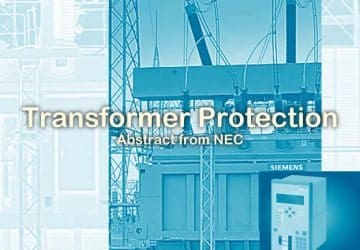
What psychological effect does an electric shock?
Most of us have experienced some form of electric ”shock”, where electricity causes our body to experience pain or trauma. If we are fortunate, the extent of that experience is limited to tingles or jolts of pain from static electricity… Read more
Dec 25, 2011 | By Edvard Csanyi

Motor starting problem and high motor inrush currents
Electric motor protection device depends on the accurate and correct selection of overload(s), fuses and/or circuit breakers. Over the years the protective devices have been selected according to the applicable code requirements with only minimal nuisance tripping. However, in recent… Read more
Dec 23, 2011 | By Edvard Csanyi
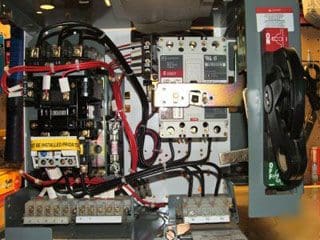
Consequences of internal arc for personal safety and MV electrical equipment
The aim of this article is to describe the internal arc phenomenon, its consequences for safety, current methods of limiting them and current regulations in general for equipment used in medium-voltage electrical distribution networks. Internal arcs can occur in electrical… Read more
Dec 23, 2011 | By Edvard Csanyi

What is HIPOT Testing (Dielectric Strength Test)?
Hipot Test is short name of high potential (high voltage) Test and it is also known as Dielectric Withstand Test. A hipot test checks for “good isolation”. Hipot test makes surety of no current will flow from one point to… Read more
Dec 22, 2011 | By Jignesh Parmar

Earthing in electrical network – purpose, methods and measurement
The main reason for doing earthing in electrical network is for the safety. When all metallic parts in electrical equipment are grounded then if the insulation inside the equipment fails there are no dangerous voltages present in the equipment case…. Read more
Dec 19, 2011 | By Jignesh Parmar
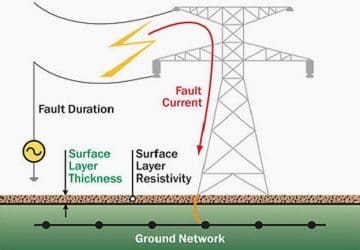
Transient Voltage Surge Suppressors
Transient Voltage Surge Suppressor (TVSS) is a device that every data center or mission critical facility should have. Why should every data center have one and what does it do you ask? The purpose of a TVSS is to eliminate… Read more
Dec 01, 2011 | By Edvard Csanyi
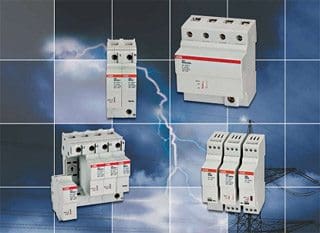
Transformer and Transformer-Feeder Protection
The development of modern power systems has been reflected in the advances in transformer design. This has resulted in a wide range of transformers with sizes ranging from a few kVA to several hundred MVA being available for use in… Read more
Nov 30, 2011 | By Edvard Csanyi

Overvoltages Caused by Direct Lightning Strokes
A lightning stroke is defined as a direct stroke if it hits either the tower or the shield wire or the phase conductor. This is illustrated in Figure 1. When the insulator string at a tower flashes over by direct… Read more
Nov 29, 2011 | By Edvard Csanyi

Working Principle of Earth Leakage Circuit Breaker (ELCB) and Residual Current Device (RCD)
The operation of an earth leakage circuit breaker (or shorten ELCB) is based on the fact that the algebraic sum of the currents in any healthy single phase, three phase and three phase and neutral system is zero. This simply… Read more
Nov 07, 2011 | By Jignesh Parmar

Transformer Winding Faults
A fault on a transformer winding is controlled in magnitude by the following factors: Source impedance Neutral earthing impedance Transformer leakage reactance Fault voltage Winding connection Several distinct cases arise and are examined below. The winding earth fault current depends… Read more
Nov 02, 2011 | By Edvard Csanyi

What is the difference between MCB, MCCB, ELCB, and RCCB
This technical article briefly describes the most common breaker-related protection devices in low-voltage applications: MCB, MCCB, ELCB, and RCCB. We’ll describe their main characteristics and limitations and try to solve some misunderstandings and differences that many young engineers mix up…. Read more
Oct 25, 2011 | By Jignesh Parmar

Short circuit protection of generator’s stator windings by overcurrent relays
If current transformers are not connected in the neutral ends of wye-connected generator windings, or if only the outgoing leads are brought out, protective devices can be actuated, as in Figure 1, only by the short-circuit current supplied by the… Read more
Oct 24, 2011 | By Edvard Csanyi

Neutral system – Single earthed or Multi earthed?
In distribution system three phase load is unbalance and non linear so the neutral plays an very important role in distribution system. Generally, distribution networks are operated in an unbalanced configuration and also service to consumers. This causes current flowing… Read more
Oct 13, 2011 | By Jignesh Parmar
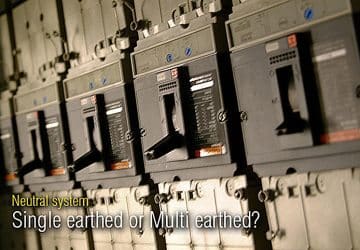
Complete overview of lightning arresters (part 3)
Continued from article Complete overview of lightning arresters (part 2) There are several types of lightning arresters in general use. They differ only in constructional details but operate on the same principle, providing low resistance path for the surges to… Read more
Oct 08, 2011 | By Jignesh Parmar


